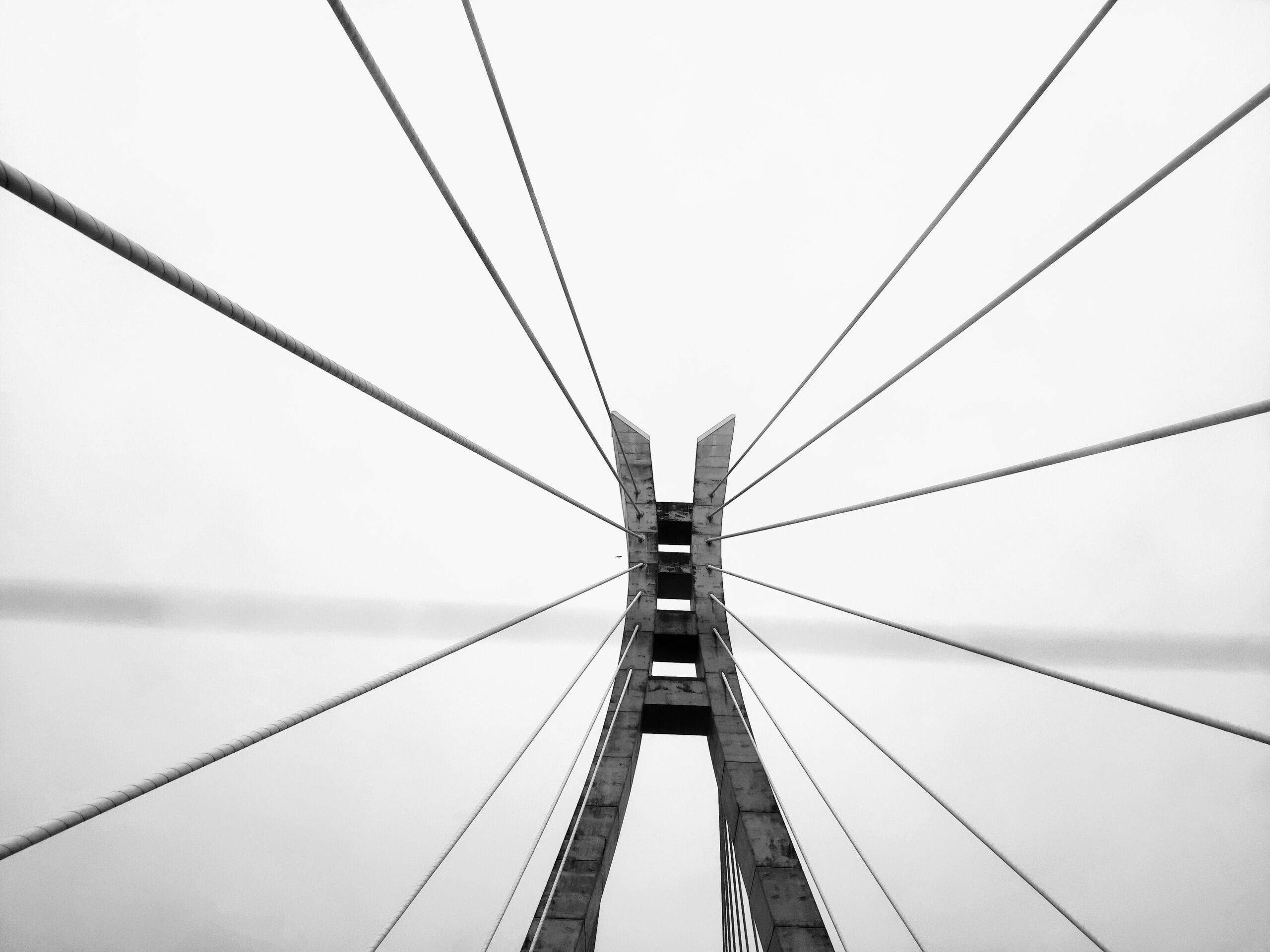Anyone dipping their toes in the waters of mindfulness and meditation has probably heard about the term ‘flow state’. But what is that, exactly? What happens when you get into a flow state? And how can you get there?
What is a flow state?
Flow state can be described as a sense of fluidity between mind and body. It is the feeling you get when, in optimal circumstances, you are deeply focused on what you are doing at that moment – to the point where you are completely absorbed by it. Your senses become heightened and you may lose your awareness of time. This hyper focus is often accompanied by a sense of euphoria. Any distractions (external ones, but also internal ones like stress, fatigue, hunger and aches) melt away. It is more than just being really focused; you could say it is an active meditation. Some describe this as being ‘in the zone’.
What do you feel during flow state?
While the experience may be different for everyone, flow state is generally recognized by the following:
- A deep focus. You’re able to fully concentrate on whatever it is that you’re doing, without getting distracted.
- A sense of clarity. Your mind and body seem to know exactly what they need to do.
- The elimination of obstacles. While being in the zone, any thoughts, feelings and sensations that would normally limit or distract you, seem to temporarily fade away.
- Euphoria. The hyper focus is accompanied by a temporary high and feelings of euphoria, contentment and happiness.
How do you get into a state of flow?
To get into a state of flow, you need to create the ideal conditions. It usually happens when you’re doing something that you’re really passionate about. Depending on your personality and your interests, this could be anything; working, writing, creating art, making music, dancing or exercising.
Also, this mental state is more common during engaging activities; your physical or mental abilities need to be challenged to a certain extent, resulting in a willing effort to accomplish something. At the same time, it shouldn’t be so difficult that you get frustrated because you can’t pull it off. It is more likely to occur when you’re single tasking, which makes sense because multitasking requires you to constantly shift your focus. Furthermore, your circumstances and surroundings need to enable you to focus on your task or activity.
Final thoughts
Anyone can achieve flow state, provided that you create the ideal circumstances. If you don’t know where to start, try these easy breathing techniques for beginners to practice focus. Chances are that once you have your focus, the rest will follow.

